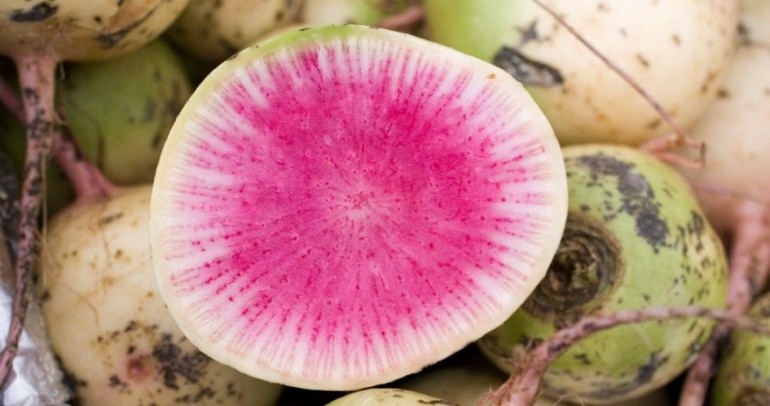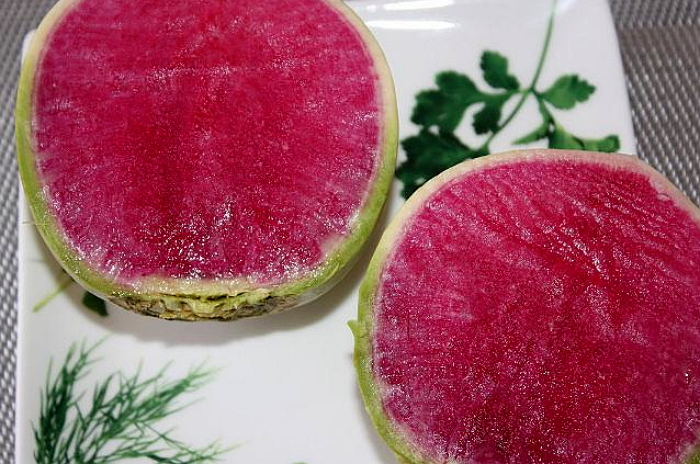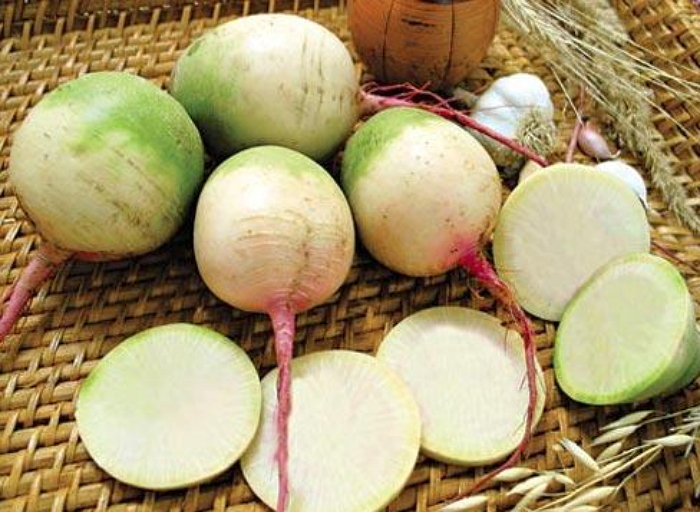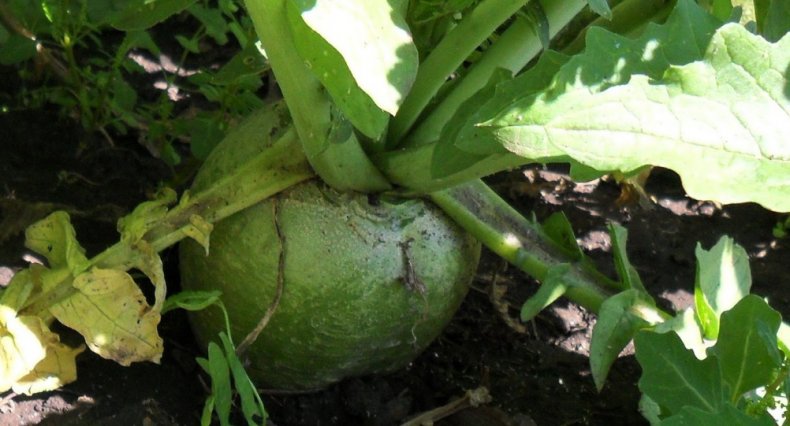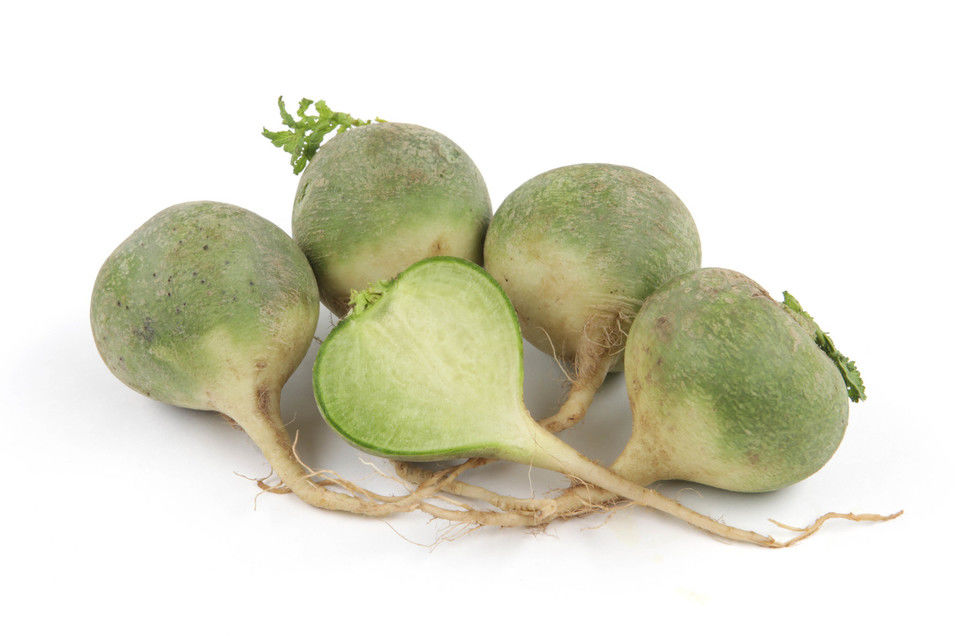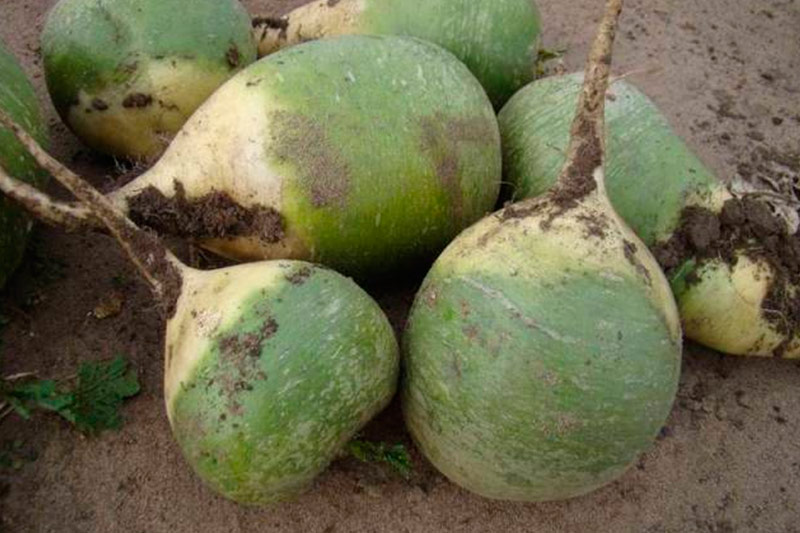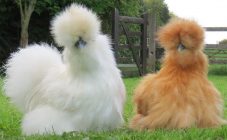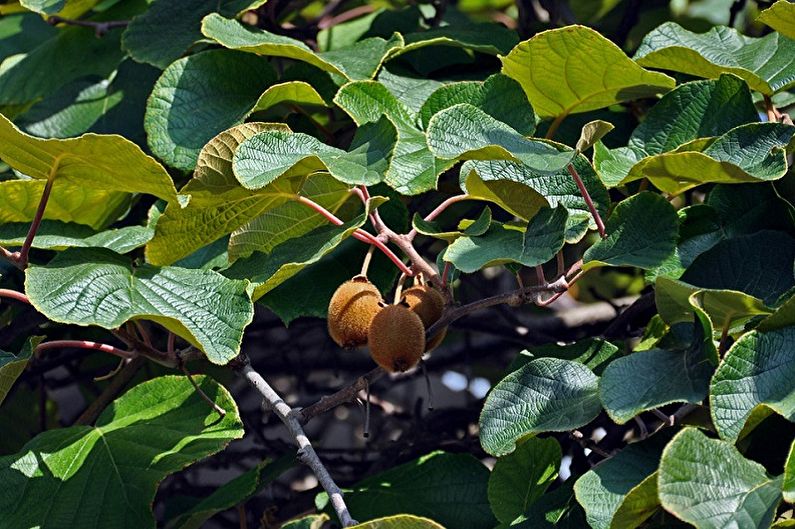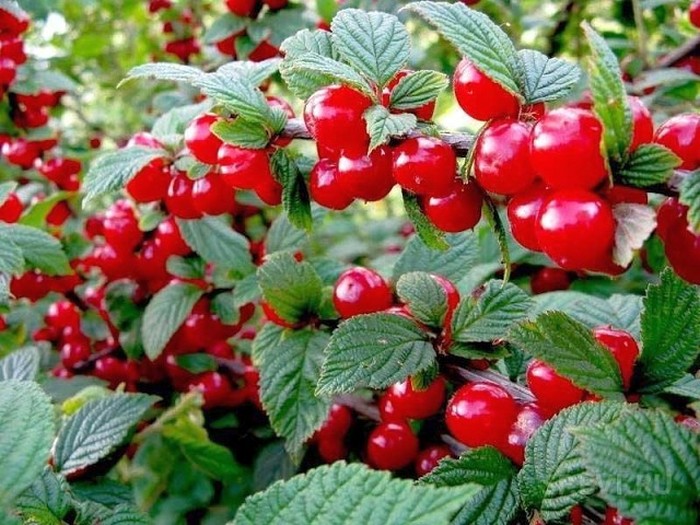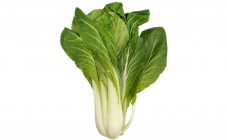Content:
In early spring, the happy owners of summer cottages and vegetable gardens begin to plan which vegetable crops to plant on their 6 acres. Going shopping in search of the right seeds, many gardeners and summer residents come across bags with various unusual names for them. Few people know about the vegetable culture of the Chinese Lobo radish. This is not surprising - after all, practically no one knows about this rare guest in our area.
The history of the creation of the variety
If you trace the history of the creation of radish as a vegetable crop, then I would like to note that this root crop was grown in their fields by the farmers of ancient Egypt. Subsequently, the vegetable successfully "migrated" to other countries, and with the development of agriculture, new varieties of this popular uncomplicated plant began to appear. In European countries, the cultivation of radish began to be dealt with in the 12th century. In distant China, one of the varieties, the Lobo radish, has long been cultivated.
Characteristics and features
Chinese radish is a mini-pantry of nutrients and trace elements. A root vegetable weighing 100 g has a low calorie content of –21 kcal. This popular vegetable contains a large "vitamin" group.
Table of names of nutrients and vitamins of Chinese radish:
| Protein | 1.2 g | Vitamin B3 | 2,2 mg |
|---|---|---|---|
| Carbohydrates | 4.1 g | Vitamin A | 10 mcg |
| Ash | 0.8 g | Vitamin B1 (thiamine) | 0.8 mg |
| Mono-disaccharides | 0.2 g | Vitamin B2 | 0.2 mg |
| Starch | 0.5 g | Vitamin B5 | 2,2 mg |
| Vitamin C | 30 mg | Vitamin B6 | 0.3 mg |
| Vitamin E | 2.1 mg | Biotin | 19 μg |
The Chinese radish belongs to the cabbage family with cross-pollination. The vegetable can be planted in early spring or planted for the winter. The root crop contains trace elements necessary for the human body, calcium, magnesium, sodium, potassium, phosphorus, chlorine, sulfur. Iron, zinc, iodine, molybdenum, copper, manganese and selenium are also present. This is such a rich arsenal of vitamins one small root vegetable of Lobo radish has.
Description of the variety:
- The leaves are whole lobed, dissected into lateral lobes, in the amount of 3 to 12 pairs. A leaf rosette can have from 10 to 15 leaves;
- Ripe root crops are flat-round, oval or cylindrical. There are varieties with an elongated cylindrical shape;
- The taste of Lobo radish is mild, with dense and juicy pulp. A bit like a familiar daikon or radish;
- The color of a mature Lobo radish can be white, green, red, purple or purple;
- When ripe, the mass of the root crop reaches from 300 g to 10 kg;
- The skin of the radish can be green or white;
- The height of the branched stem reaches 1 meter;
- The plant blooms with small flowers of white, pink, purple hue. Flowers are collected in cyst-like inflorescences;
- After flowering, instead of flowers, pods are formed, cylindrical fruits with large oval and brown seeds.
The collected seeds retain their germination capacity for 4 to 6 years.
Growing and care
The agrotechnology of growing radish is simple: the plant grows well in illuminated sunny areas, but it also tolerates a little shading well. The ideal place for planting radish is combined beds, which are in direct sunlight during long daylight hours, and after that there is a slight partial shade.
If we talk about the peculiarities of growing a root crop, then it should be noted its cold resistance, as well as that of its close "relative" - radish.
The seeds of the plant grow at an external temperature of +2 to +3 degrees Celsius. Radish seedlings tolerate return frosts well. When ripe, the roots can remain in the ground even at temperatures from -5 to -6 degrees. The optimum growing temperature of Chinese radish is similar to the usual radish and ranges from +18 to +20 degrees. Hotter weather makes the root vegetables firm with dry and slightly bitter flesh.
Caring for radish crops is not much different from the traditional one: timely loosening of the soil, protection from weeds and, most importantly, abundant watering. The fact is that a vegetable during the period of pouring root crops needs abundant watering, otherwise the pulp will be dry and tasteless. This is the peculiarity of caring for Chinese radish.
Advantages and disadvantages of the variety
The undoubted advantages of Chinese radish include:
- Excellent taste of juicy pulp and delicate pleasant aroma;
- Lobo radish practically has no contraindications to use;
- The root crop, like potatoes, is stored in basements and is well preserved until spring;
- Chinese radish is a very useful product from a medical point of view. Regular consumption of fresh food and after cooking helps in the prevention of many diseases;
- The root vegetable contains few calories, which allows you to use it without fear of gaining extra pounds.
If we talk about the shortcomings of this variety, it should be noted that at the stage of the emergence of early shoots, the vegetable can be affected by the cabbage flea. Therefore, it is necessary to carry out treatment with permitted pesticides, which can negatively affect the environmental friendliness of the vegetable.
